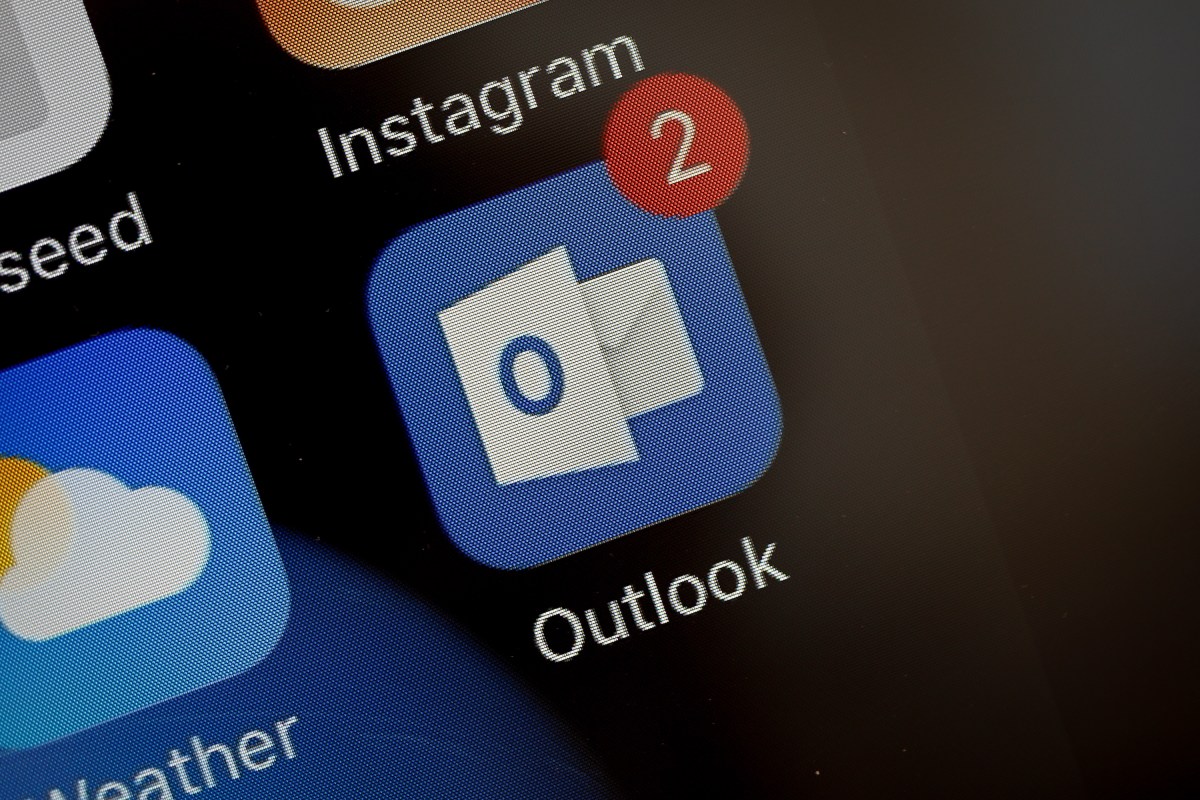A Critical Vulnerability: Email Spoofing Threatens Millions
Table of Contents
- A Critical Vulnerability: Email Spoofing Threatens Millions
- The Bug and Its Impact
- The Stakes are High
- A Call for Transparency and Collaboration
- A History of Breaches and Missed Warnings
- A Troubling Pattern Emerges
- The Stakes are High: Protecting User Data and National Security
- Investing in Cybersecurity: A Necessary Step Forward
A recently discovered vulnerability allows attackers to impersonate Microsoft email accounts with alarming ease. This bug, which remains unpatched as of now, poses a significant threat to millions of users worldwide.
The Bug and Its Impact
Researcher Vsevolod Kokorin, known online as Slonser, first reported the vulnerability to Microsoft. He demonstrated the bug by sending an email appearing to be from Microsoft’s account security team to TheTrendyType. Kokorin explained that the bug enables anyone to send messages seemingly originating from any user@domain address.
Despite providing evidence of the vulnerability, Microsoft initially dismissed Kokorin’s report, claiming they were unable to reproduce it. This prompted Kokorin to publicly disclose the bug on X (formerly Twitter), without revealing technical details that could be exploited by malicious actors.
The Stakes are High
While the bug only affects Outlook accounts, this still represents a massive pool of potential victims. Microsoft’s latest earnings report reveals over 400 million active Outlook users globally. Email marketing relies heavily on trust and authenticity, making this vulnerability particularly dangerous for businesses and individuals alike.
The potential consequences of this bug are severe. Attackers could impersonate trusted individuals or organizations to steal sensitive information, spread malware, or launch phishing campaigns.
A Call for Transparency and Collaboration
Kokorin’s experience highlights the importance of open communication between researchers and tech companies. While he initially sought to help Microsoft address the vulnerability, his frustration stemmed from a lack of responsiveness and acknowledgement.
This situation underscores the need for greater transparency and collaboration in the cybersecurity community. By working together, researchers, developers, and users can create a more secure online environment.
Microsoft’s Cybersecurity Struggles: A Pattern of Neglect?
A History of Breaches and Missed Warnings
Recent events have cast a harsh spotlight on Microsoft’s cybersecurity practices. The tech giant has faced a series of high-profile breaches, prompting investigations from both federal regulators and congressional lawmakers. Just last week, Microsoft president Brad Smith testified before a House committee following the revelation that Chinese hackers had stolen a trove of U.S. federal government emails from Microsoft servers in 2023. This incident comes on the heels of a January disclosure where Microsoft confirmed that a Russian-government linked hacking group had infiltrated their corporate email accounts to gather information about what executives knew regarding these very same hackers.
A Troubling Pattern Emerges
Adding fuel to the fire, ProPublica recently revealed that Microsoft had ignored warnings about a critical vulnerability that was later exploited in the Russian-backed cyber espionage campaign targeting tech firm SolarWinds. This suggests a pattern of negligence within Microsoft’s security infrastructure, raising serious concerns about their ability to protect sensitive data.
The Stakes are High: Protecting User Data and National Security
These breaches have far-reaching consequences. Not only do they put user data at risk, but they also threaten national security. The theft of government emails highlights the vulnerability of critical infrastructure to cyberattacks. It’s crucial for companies like Microsoft to prioritize cybersecurity and implement robust safeguards to prevent future incidents.
Investing in Cybersecurity: A Necessary Step Forward
In light of these recent events, Microsoft has pledged to strengthen its cybersecurity efforts. This includes investing in new technologies, enhancing employee training, and fostering greater collaboration with government agencies. However, words alone are not enough. Concrete actions are needed to rebuild trust and ensure the safety of user data.
For more information on how to protect yourself from cyber threats, visit our cybersecurity tips page.


